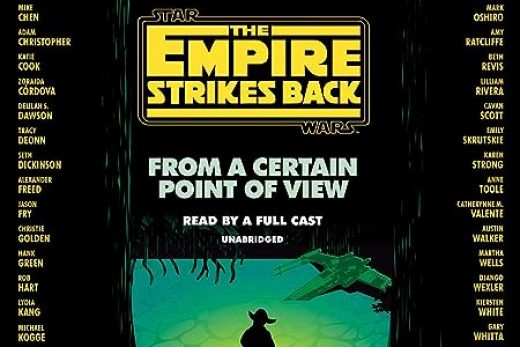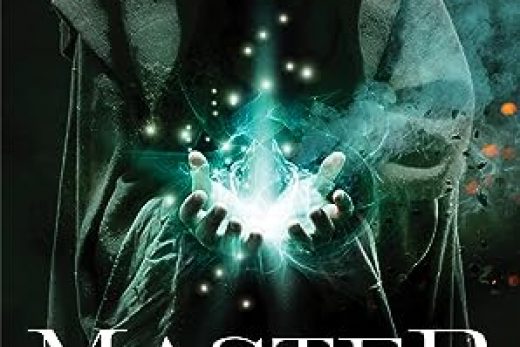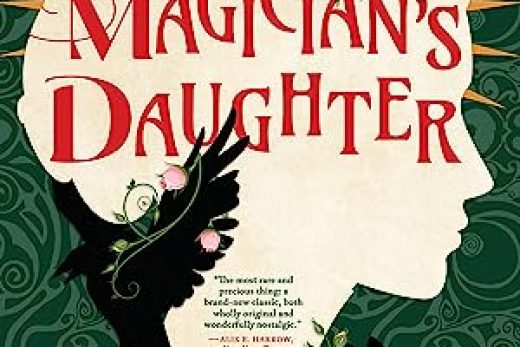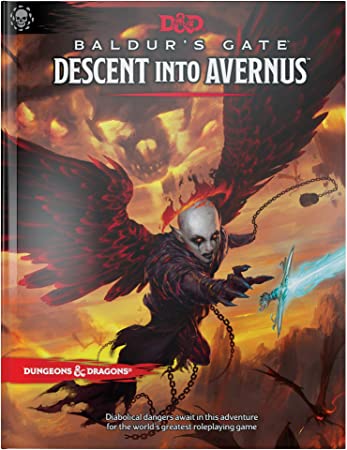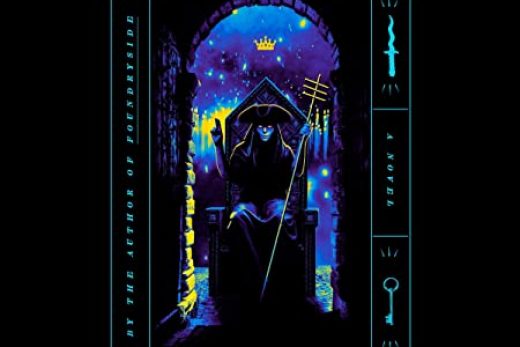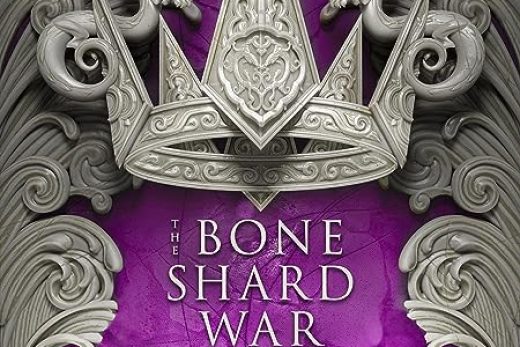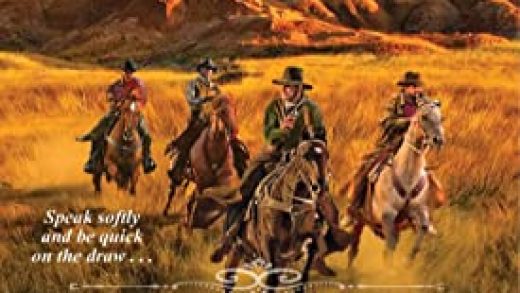The Wheel of Time, a phenomenal fantasy series created by Robert Jordan, has captivated readers worldwide with its intricate narrative and richly detailed world. With its vast array of cultures, histories, and characters, it is clear that the author drew from a multitude of sources to weave this intricate tapestry. This essay will explore the legends, mythologies, and other inspirations that shaped Jordan’s magnum opus, revealing the diverse foundations upon which this epic story rests.
Robert Jordan’s world is deeply rooted in various mythologies, legends, and historical events. Key aspects of his work can be traced back to ancient stories, providing an insight into the eclectic influences that fueled his imagination.
One of the most significant sources of inspiration for Jordan was the concept of the cyclical nature of time, which is prevalent in many Eastern philosophies, such as Hinduism and Buddhism. The Wheel of Time itself represents the idea that time is a continuous cycle, with each turn bringing about new events and reincarnations. This idea is also mirrored in the series’ central prophecy, the Dragon Reborn, who is fated to be reborn again and again to combat the forces of darkness.
The world’s geography and cultures are heavily influenced by European, Asian, and African civilizations. The Aiel, for instance, draw parallels with the Bedouin tribes and the Zulu warriors of Africa, while the Seanchan are reminiscent of imperial China and feudal Japan. The nations of the Westlands, on the other hand, echo medieval Europe, with their political intrigues, military conflicts, and diverse cultural practices.
The One Power, the magic system in The Wheel of Time, has its roots in the Eastern concept of chi or qi, the life force that flows through all living things. By tapping into this energy, channelers in the series can wield incredible power, much like martial artists in Asian traditions harness their chi for combat and self-defense.
Finally, Jordan also drew from various myths and legends, such as the Arthurian cycle and Norse mythology. Characters like Rand al’Thor and Matrim Cauthon have similarities to King Arthur and Odin, respectively, while the Horn of Valere is reminiscent of the legendary Horn of Roland.
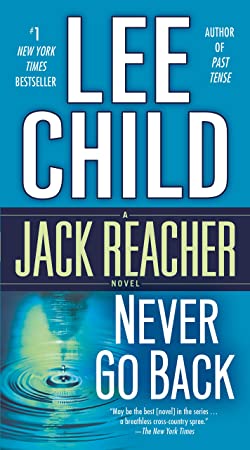
A: The cyclical nature of time, as seen in Hinduism and Buddhism, is a central concept in The Wheel of Time. The Wheel itself symbolizes this idea, as it continually turns, bringing forth new events and reincarnations.
Q: How are real-world cultures represented in The Wheel of Time’s world?
A: The Wheel of Time features a diverse array of cultures inspired by real-world civilizations. The Aiel are influenced by the Bedouin tribes and the Zulu warriors, the Seanchan resemble imperial China and feudal Japan, and the Westlands have parallels with medieval Europe.
Q: What is the basis for the magic system, the One Power, in The Wheel of Time?
A: The One Power is based on the Eastern concept of chi or qi, the life force that flows through all living things. Channelers in the series tap into this energy to wield great power, much like martial artists harness their chi for combat and self-defense.
Q: Which myths and legends does Jordan incorporate into The Wheel of Time?
A: Jordan incorporates elements from various myths and legends, such
